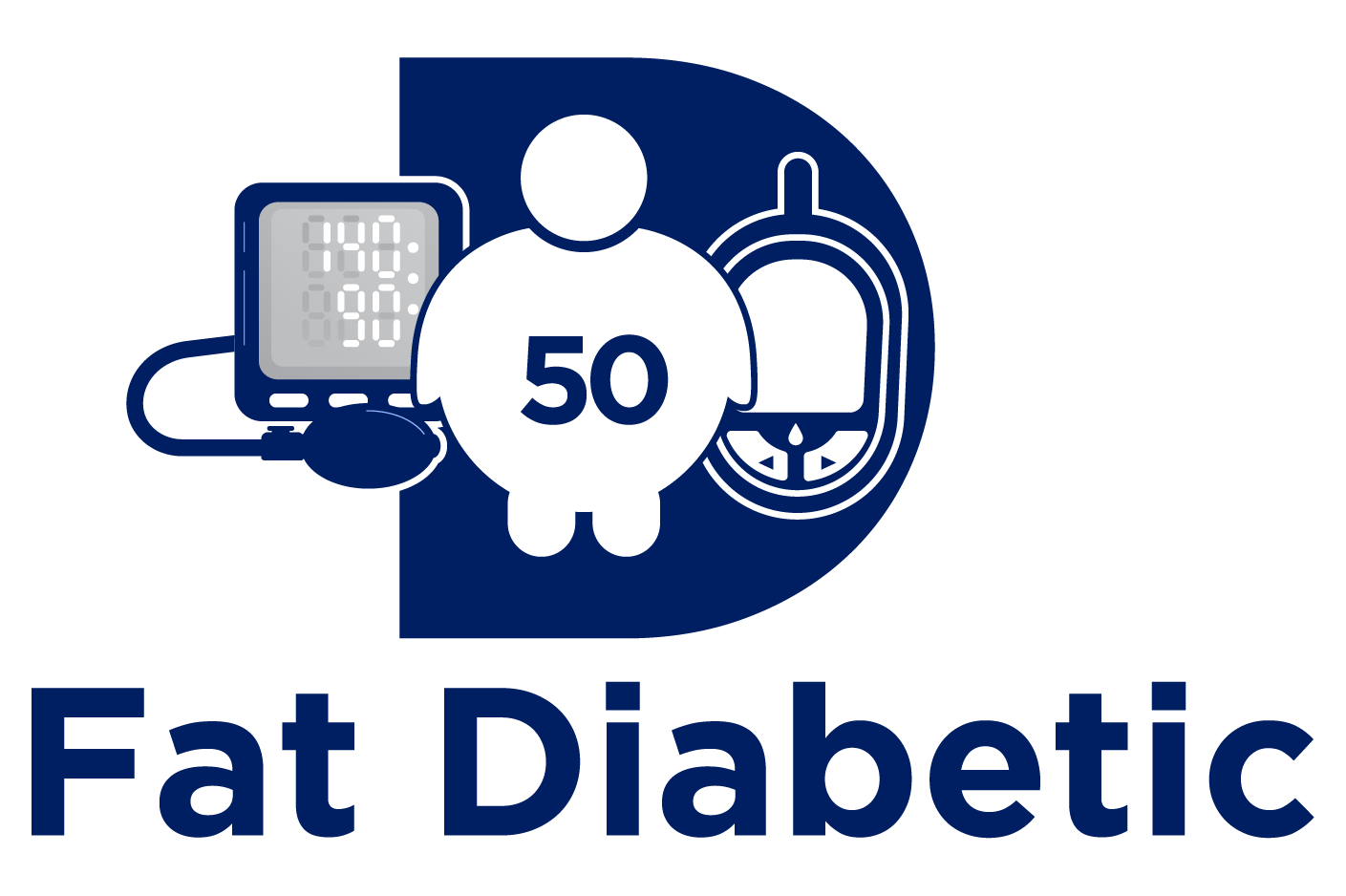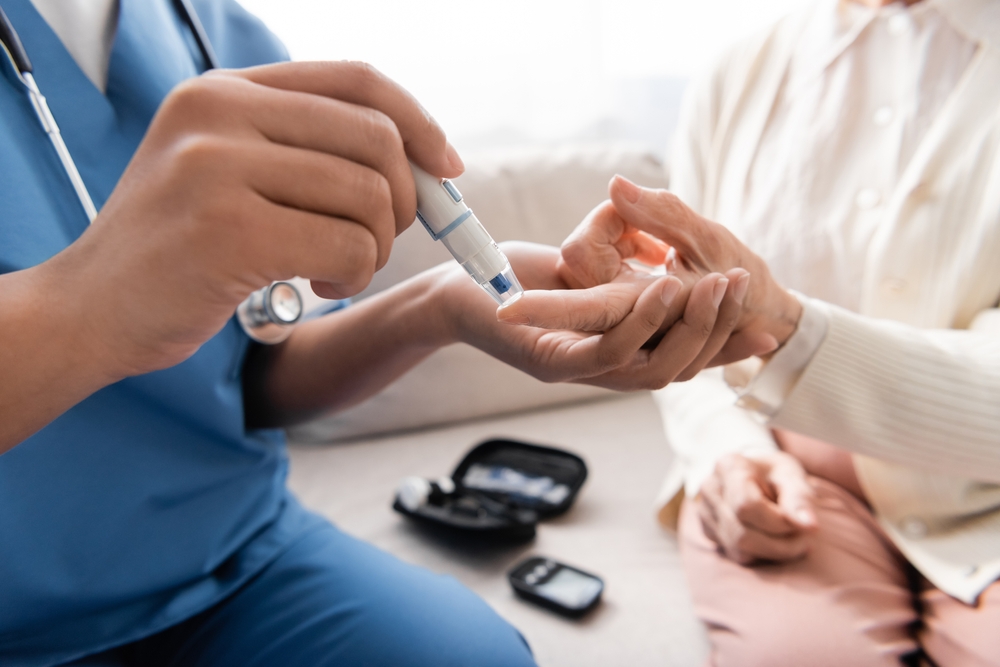Pre-diabetes is an asymptomatic condition, that affects 115 million adult Americans with the potential for devastating complications. Unfortunately, more than 80% of this population are unaware of its existence. An asymptomatic condition, affecting a large unaware-population with life threatening complications creates a formula for a massive public healthcare crisis.
Step 1: Awareness:
(If you have 5-10 or more of the risk factors that I have gathered you may be at risk for certain cancers and a host of premature cardiovascular diseases. Carefully go through this list. If you are unsure about your risk, discuss it with your provider!
- Are you between 34-65 y/o?
- Hispanic, Asian, American Indian, Afro-American, others
- Gender: males slightly more common than female under 60 y/o
- Persistent weight gain of 15 pounds or more located in the gut
- Smoking (cigarettes)
- Family History of type 2 diabetes: mother, and or father, or siblings
- Did you have diabetes during pregnancy?
- Was your birth weight of 8.8 pounds or more?
- Was your birth weight of 5.5 pounds or less?
- Do you do shift work?
- Is your total sleep time less than 6.0 hours per day?
- Do you snore?
- Do you have obstructive sleep apnea requiring C-Pap?
- Do you have restless leg syndrome?
- Do you have fatigue or drowsiness following meals?
- Do you perspire or sweat during meals?
- Do you have early morning headaches and or morning dizziness?
- Do you have a history of migraine headaches?
- Do you have depression?
- Do you have gout?
- Is your uric acid level elevated beyond normal?
- Do you have high blood pressure?
- Are your triglycerides more than 150 mg/dl (fasting)?
- Is your HDL level less than 50 mg/dl (female)?
- Is your HDL level less than 40 mg/dl (male)?
- Waist circumference measuring 35 inches female, 40 inches male
- Do you have heartburn, bloating, gas, indigestion?
- Have you had changes in your bowel habits: diarrhea/constipation?
- Have you been told that you have Fatty Liver Disease seen on radiographic procedures such as CT scans, or Ultrasound ?
- Do you have increases in liver function blood tests (AST and ALT)?
- Do you have erectile dysfunction?
- Do you have polycystic ovarian syndrome?
- Female: changes in sexual desire, vaginal dryness age 34-55
- Changes in menstrual periods: decreased frequency and amount
- Have you had an early menopause?
- Did you have difficulty getting pregnant?
- Do you have skin tags..neck, arm pits or groin?
- Fungal infections of toes and feet
- Have you purchased larger size clothing secondary to wt. gain?
- Fasting Blood Glucose levels between 100 mg/dl-125 mg/dl
- A1C test between 5.7-6.4 %
- Graph your last normal fasting glucose levels to determine if there is an upward trend. ( example 90-93-95-99showing upward trend)
- Have you noticed an increased appetite and decreased satiety?
- Are you inactive having less than 5,000 steps per day?
- Have you had changes in memory uncharacteristic for your age?
Check the list carefully if you have 5-10 risk factors and your fasting blood glucose is still in the normal range ( less than 100 mg/dl), discuss the possibility of pre-diabetes with your provider and request an oral glucose tolerance test (OGTT). The test is simple to do and is positive when the two hour blood sugar after having a sugary drink is between 140 mg/dl and 199 mg/dl. A positive test indicates pre-diabetes. The OGTT allows early diagnosis, years in advance of the fasting glucose levels (100-125 mg/dl) or the A1C test (5.7-6.4%).
Awareness, allows early diagnosis and aggressive treatment which are critically important in preventing potentially serious complications.
If the OGTT test is negative (less than 140 mg/dl) it should be repeated every 6 months to insure early diagnosis in those patients considered high risk.
Once you have been diagnosed with pre-diabetes you must request a blood test called hsCRP. This test, if positive, is an indicator of active cardiovascular disease and indicates the possibility of future complications. It could allow for preventative maneuvers.
Step 2: Action
Patients with pre-diabetes will require additional actions to establish a baseline and a preventative strategy for the following:
1) Consultation with a Gastroenterologist to discuss:
Issues surrounding the risks/diagnosis of colorectal cancer
Issues surrounding the risks/diagnosis of pancreatic cancer
2) Consultation with a Cardiologist to discuss:
Issues surrounding the risks/diagnosis of Coronary Artery Disease
Issues surrounding the risks/diagnosis of Extra Cranial Carotid Dx
3) Consultation with either Urologist or an OB-GYN to discuss:
Issues surrounding the risks/diagnosis of endometrial cancer
Issues surrounding the risks/diagnosis of breast cancer
4) Consultation with Urologist to discuss:
Issues surrounding the risks/diagnosis of bladder cancer
Issues surrounding the risks/diagnosis of prostatic cancer
Step 3: Treatment
Awareness, early detection, and aggressive treatment offers the best opportunity for health and longevity. Once diagnosed, visit with a healthcare provider who is knowledgeable about pre-diabetes such as a diabetologist, endocrinologist or other healthcare providers. The goal would be to find a National Pre-diabetes Treatment Program that would included diet, exercise, weight loss and all necessary medications.

